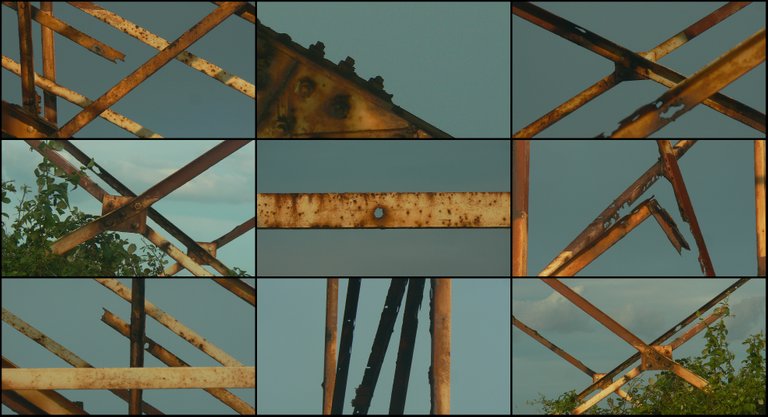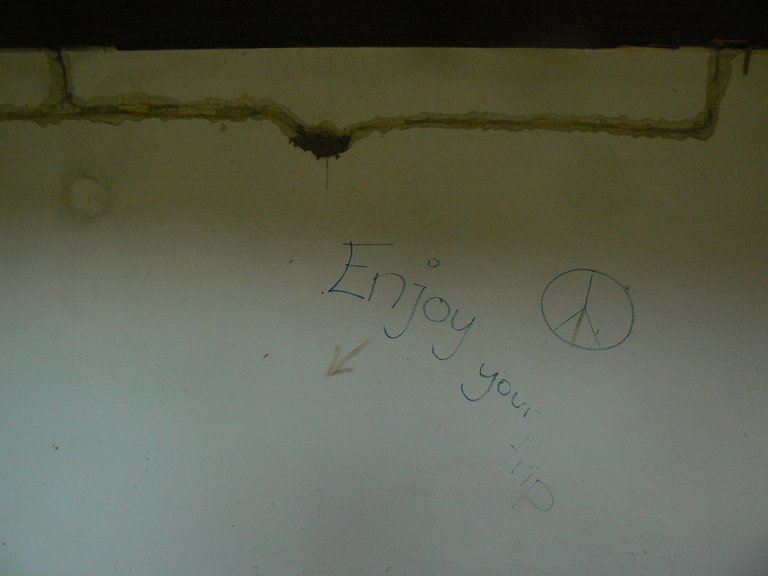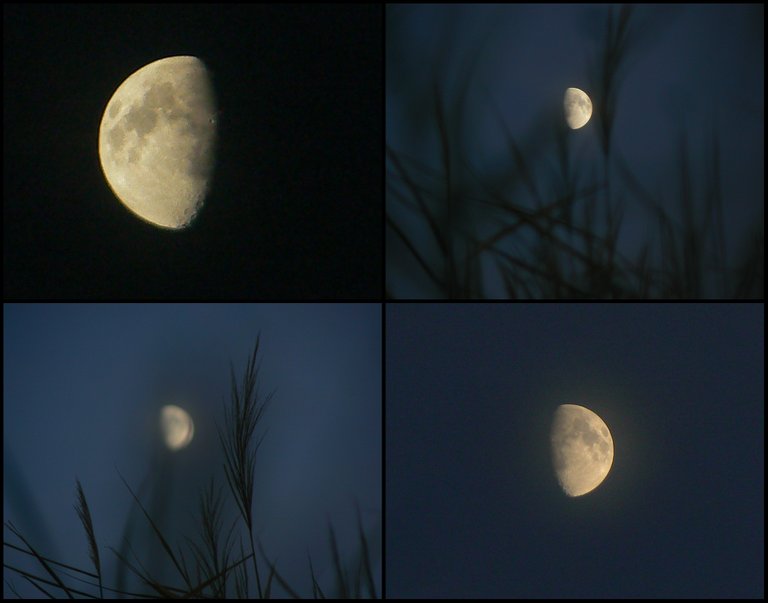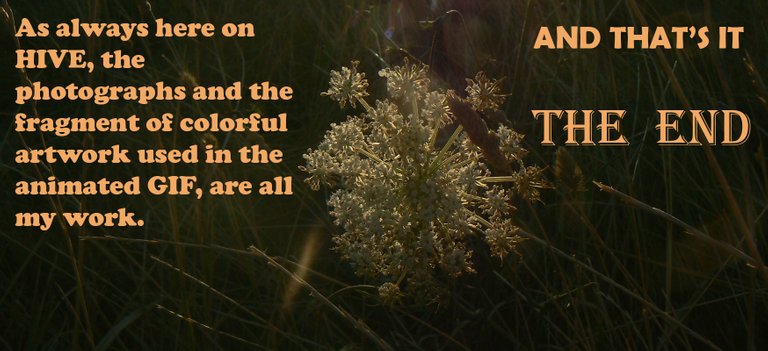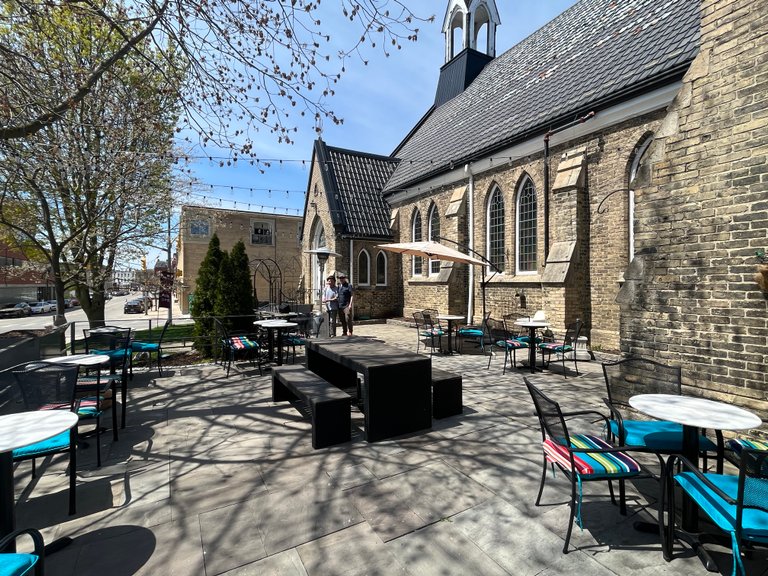You'll see some old fragments of yet another ordinary summer day in this post.
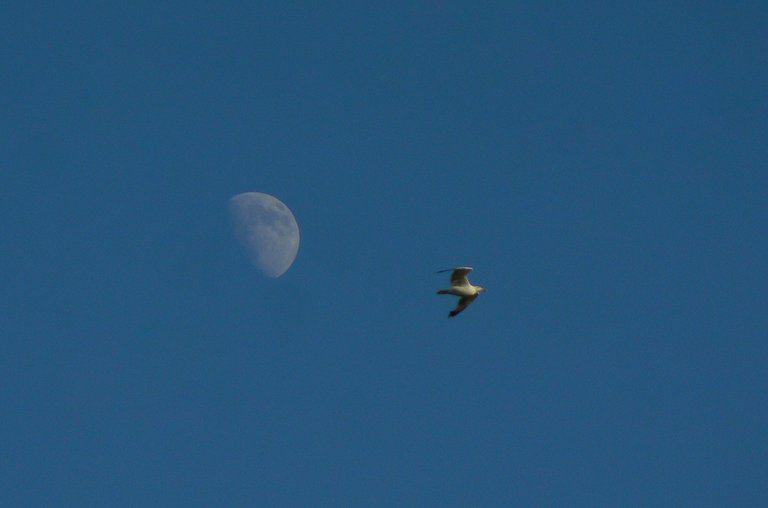
I started this thing with an evening shot. I zoomed in on the seagull and the distant moon.
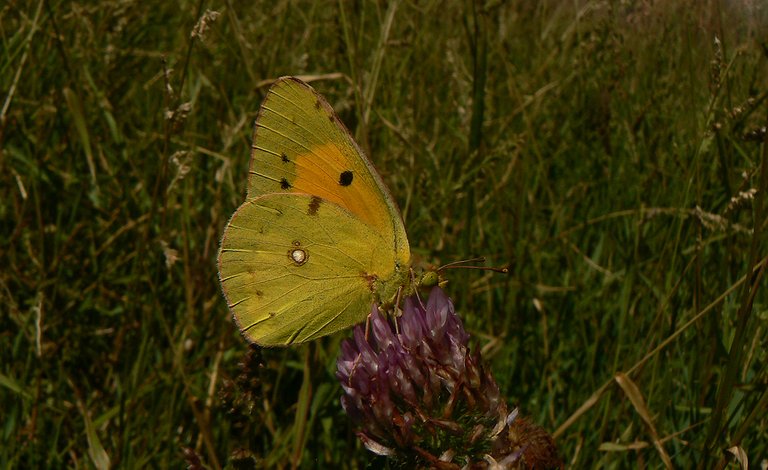
Here you can see the lovely yellow butterfly that was feeding on the flowers of the Trifolium pratense plant. It's a Colias croceus butterfly.
All the photographs were taken in an area that appears in my posts here on HIVE. The place is called Marlera and one part of it was a military zone closed to the public until the late 90'. The watchtower shown in this photograph has been built in the central part of the now abandoned military base.
In this patchwork made of nine photographs, you can see some rusted details of the old decaying tower that has become an iconic part of the coastal landscape in Marlera.
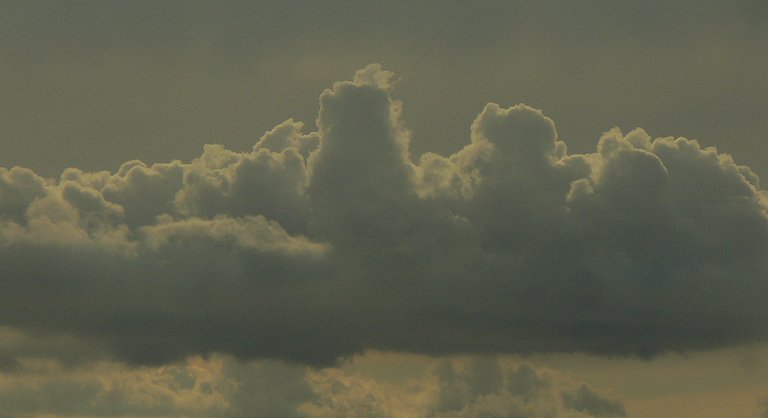
I photographed some beautiful fluffy clouds as well on that occasion.
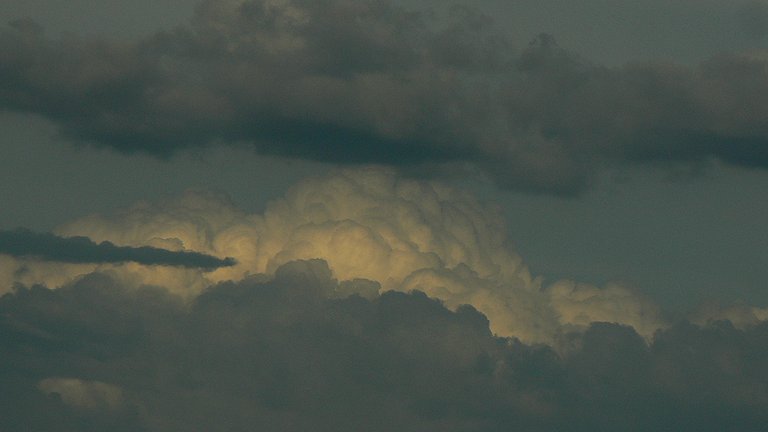
The sky was slowly but constantly changing throughout that day.
In this tryptich, a seagull is flying by the watchtower. You can enlarge the picture by clicking on it. That will allow you to take a better look at the bird and the other small details in each of the three shots.

You can see a moth here.
A small moth from the Geometridae family.
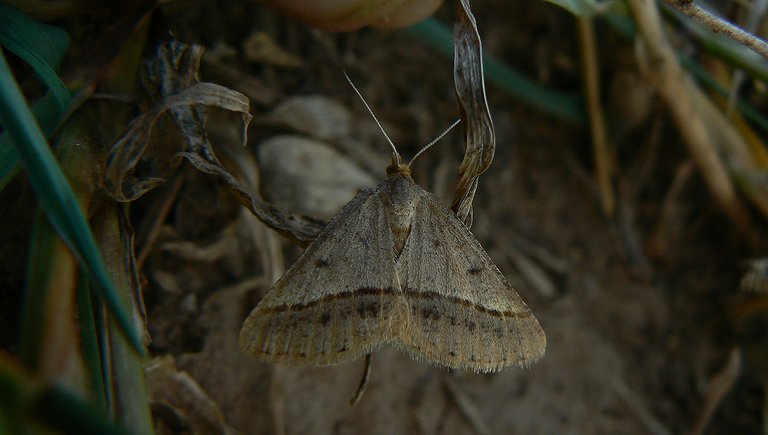
The name of the species is Isturgia arenacearia.
Near the watchtower, there is an abandoned barracks building from the same period. This photograph was taken in one of its rooms. Someone spent some time high on something there, maybe.
In this animated GIF, I took a fragment of one of my old artworks and used it to add something trippy and colorful to the scene. Enjoy your trip.
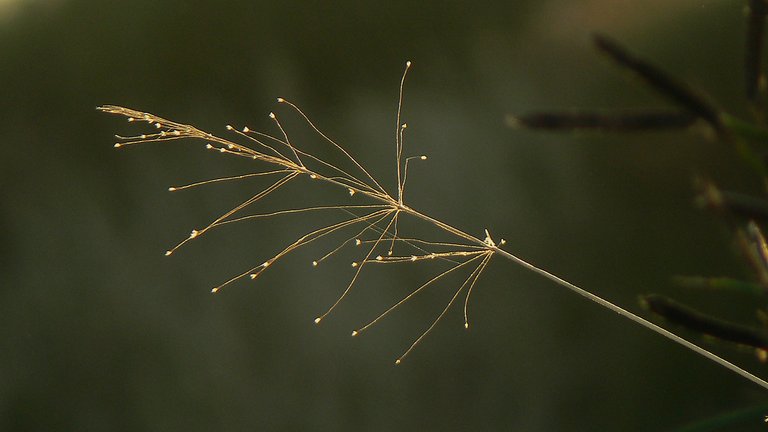
This shot is here to make you meditate upon the magic beauty of small, worthless things. A piece of dry grass photographed in the evening light is all that the above photograph can offer.

The night was very close when I took this and the following two shots.
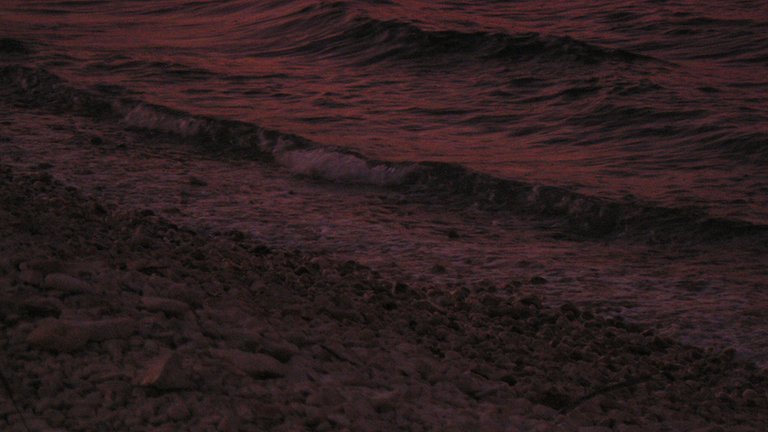
You can take a look at the scenery as I saw it through my sunglasses.
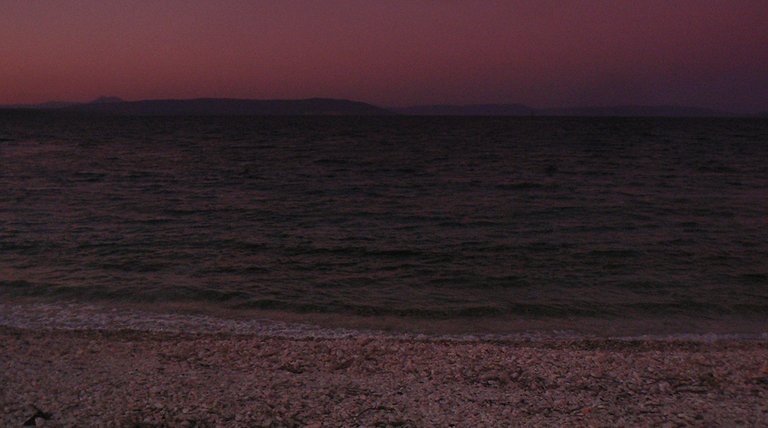
I put the sunglasses in front of the lens of my camera and took a couple of photographs that way.
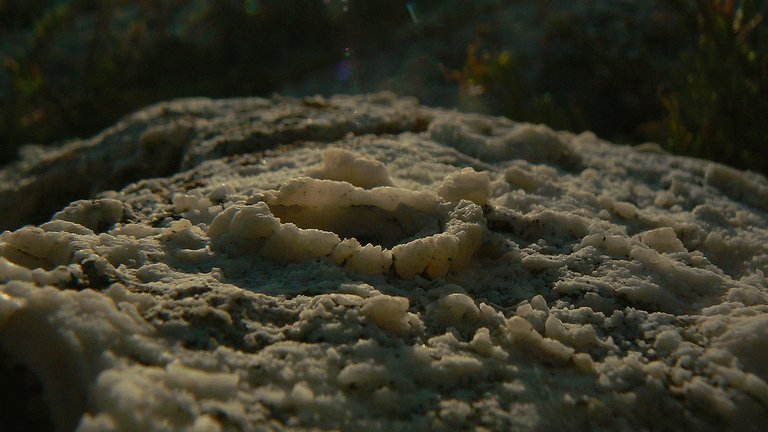
Here you can see a detail from the coastal rocks in the intertidal zone. The rounded shape in the center of the shot is a rudist fossil. Rudists are a group of extinct marine heterodont bivalves belonging to the order Hippuritida. Nothing like them can be found among the living mollusks.

Colias croceus is a butterfly species introduced at the beginning of the post. You can see another Colias croceus in this shot. In the following photograph ...
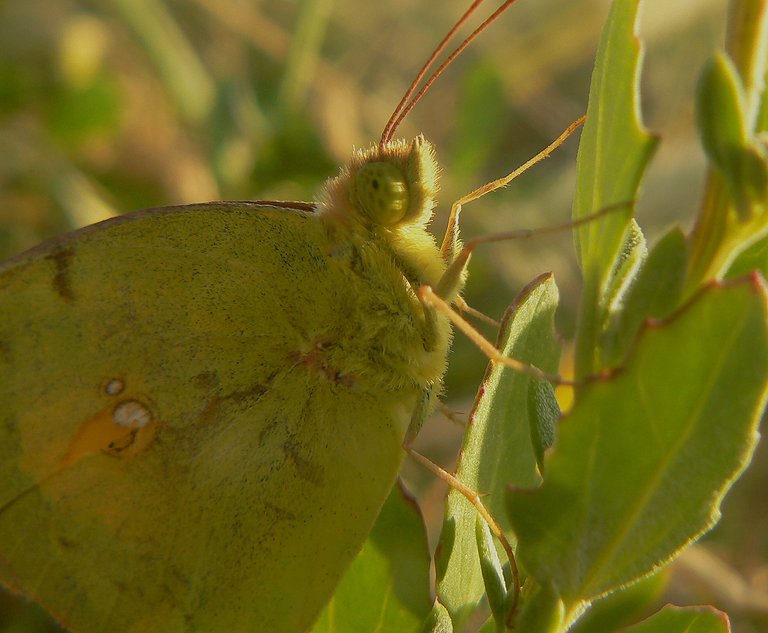
... you can take a better, more up-close look at the same butterfly.
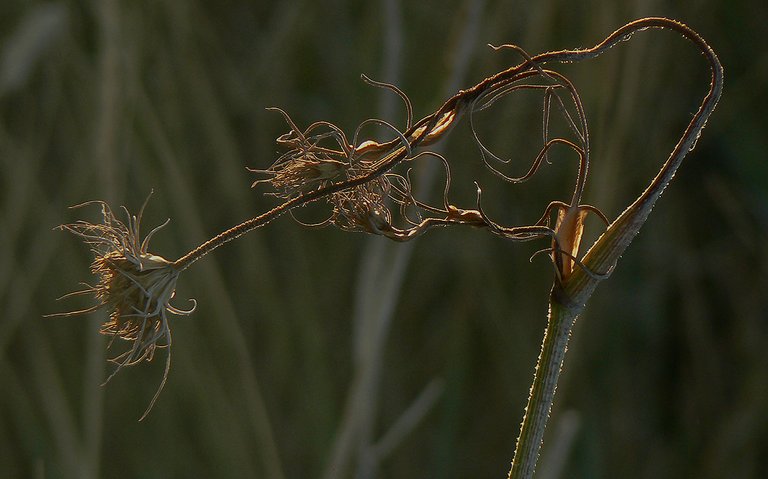
Here you can see a casual portrait of one of the plants that I wasn't able to identify.
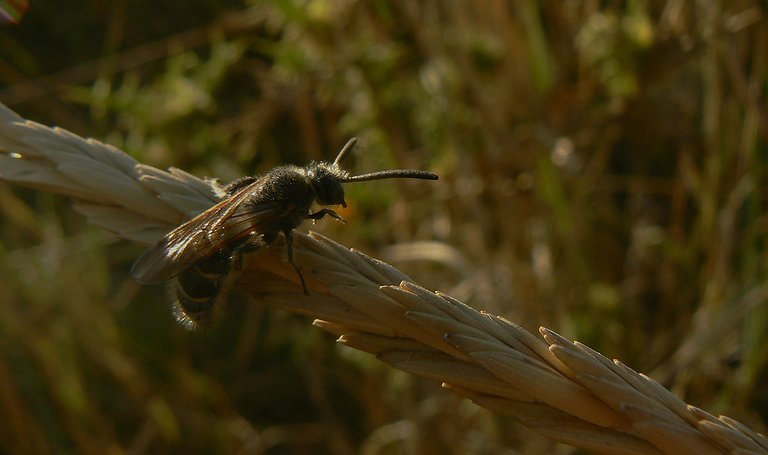
In this and the following photograph ...
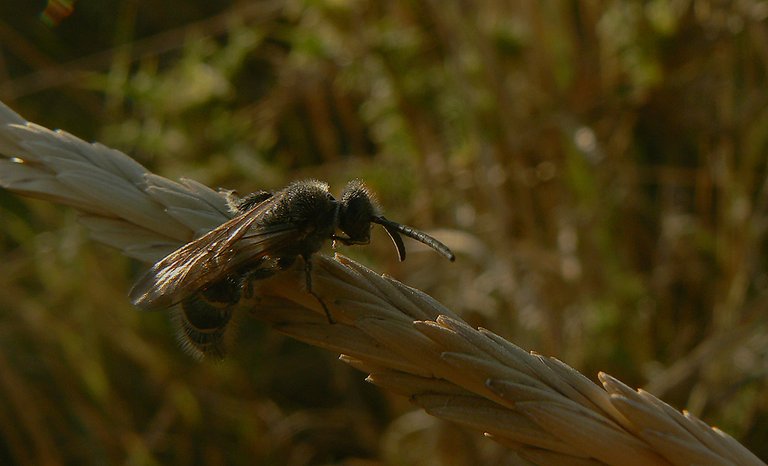
... you can see the hairy, bee-like wasp that was resting and cleaning its legs on the ear of grass. Can't tell you the name of the species but the family is definitely Scoliidae.
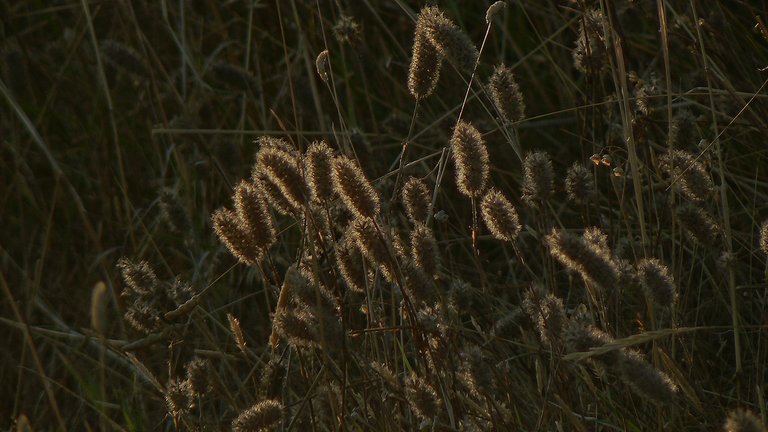
Here you can see a group of dry Trifolium angustifolium plants photographed in the light of the late afternoon.
This is the same moon that started the post.

